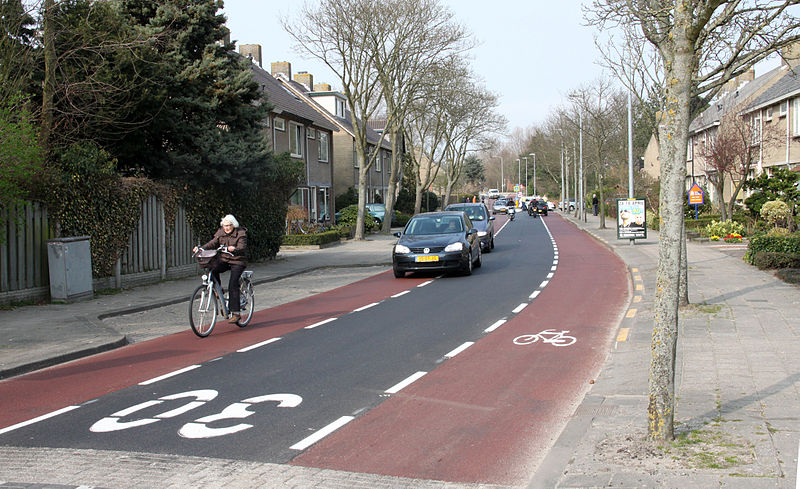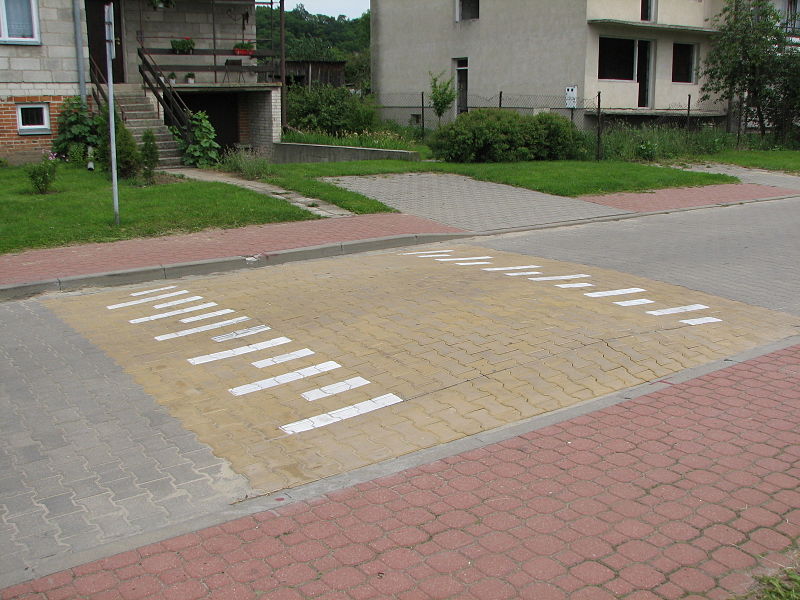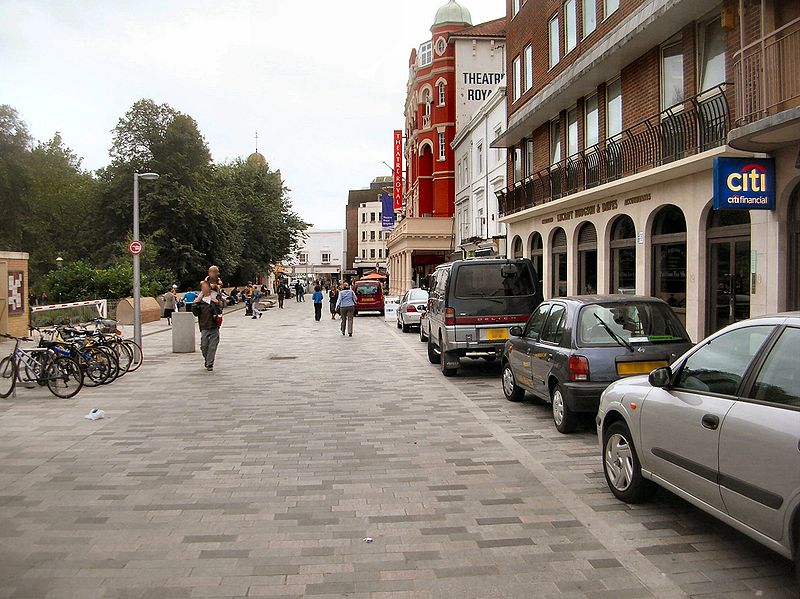
Why Bother With 30 Kph Zones? ECF Policy Talk
Will 30 Kph zones actually work? ECF policy officer Ceri Woolsgrove takes a closer look at the pros and cons of getting cars to slow down.
This is part of a two piece series on thirty kilometre zones.
- Part 1 is on safe transport systems and subjectivity of the road user.
- Part 2 will be about what works and what doesn’t: the objective facts
Who would have ever thought that 30 Kph zones are becoming sexy. While transport policy in the past has focused on getting cars moving as fast as possible, it’s now starting to have a human focus. Moving people is more than getting people from A to B. The International Transport Forum last year was entitled “transport for society”, which represents a clear change in attitude. Even the European Parliament in its Road Safety report recommends authorities to introduce 30 kph limits in residential areas across the EU. It’s also becoming a hot topic amongst citizens: Campaigns such as 20’s Plenty in the UK, Ville 30 in Belgium, Zone 30 in Barcelona, Zona 30 in Portugal and implementation possibilities in Amsterdam, Oslo, Copenhagen to name but a few.
But let’s not pretend that everybody is convinced. There is an argument that stipulates that 30 kph limits would not work. In this particular piece, I’d like to examine this argument and take a look at it from a slightly different angle.
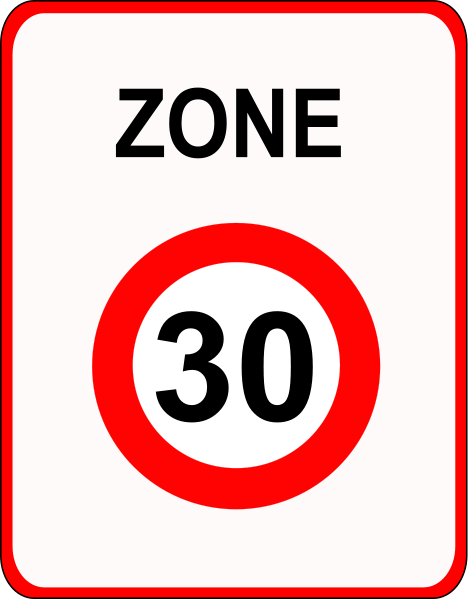
The “30 kph zones don’t work” argument goes like this: if lower speed limits are set too low then motorists will not abide by them because they do not consider them “reasonable”. This then leads to many to disregard the limit and a greater disparity of speeds leading to frustration, dangerous overtaking and more accidents. This school of thought says that a sensibly set speed limit should be set at the 85thpercentile, ( i.e. the level that 85% of drivers would not exceed.) The idea is that the competent and careful actions of a majority of responsible, knowledgeable people should be considered legal.
Such an idea is reminiscent of the classic economics argument: that markets work perfectly when rational individuals (Homo economicus) make rational buying and selling choices based on perfect knowledge. Of course the sore thumb sticking out here is this idea of perfect knowledge. We are often unaware if food is prepared in a hygienic manner and this is why we have ‘health and safety’ departments; we are unaware of dangerous machinery or procedures hence the need for standards and regulations.
It seems to me that the further motor vehicle progresses the further removed we become from the environment around us, we sit in the car in a self-contained box with quieter engines, safer and more comfortable interiors watching the world flash by us with a barely discernible hum from the engine. I would say that when it comes to negotiating some of the external objects that are so much in the way of the way of the pilot of these devices, like cyclists, pedestrians, lampposts, walls etc., are we really able to make that reasoned judgement, particularly at higher speeds? Or is it rather the case that what the 85th percentile measures is not what motorists think is reasonable but rather what motorists think they can get away with!
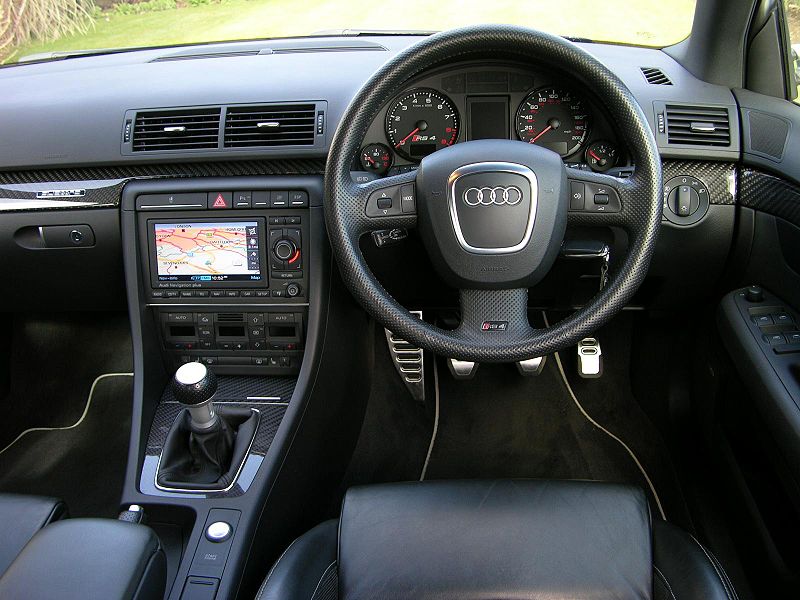
Being inside a car can create a "bubble" between the driver and the outside environment Credit: The Car Spy
Throwing some figures into the debate
Rather than a subjective, and often eclectic, mix of experience dictating the speed of cars in and around our residential areas what if we throw some bald statistics at the problem:
- 30 kph limits applied to a zone will decrease the fatalities on the road. A Transport for London study TRL found that the introduction of 32kph limits (20mph) on residential roads produces a 50% reduction in cyclist “killed and seriously injured” (KSI) casualties.
- A more recent report in April 2009, found reductions were still continuing including a 17% reduction in cyclist casualties and 38% reduction in fatalities and serious injuries for cyclists. There is a great deal of good research like this that come to similar conclusions (Elvik, R et al Speed and road accidents: an evaluation of the Power Model (2004); Effect of 20 mph traffic speed zones on road injuries in London, 1986-2006: British Medical Journal, Sep 2009),
There is a great deal of evidence that 30kph does work, while most studies on the 85th percentile are almost all exclusively based on high speed networks, like motorways and their connecting roads with hardly any based on urban areas and lower speed areas. There is certainly little to zero evidence that 30 kph zones increases danger on the roads, and as we have seen, there is much evidence to show the contrary.
How do you get people to Slow down? Shared Space? Signs?
Usually there are two standard ways of organising 30 kph areas. 30 kph speed limits and speed zones. The first is where signs are posted up along and on the road stating that you are entering a 30 kph zone. The second is introducing infrastructure and road furniture like speed bumps and chicanes. Both have their advantages and disadvantages. Just putting up signs and declaring a zone a 30 kph zones is cheap and would allow campaigners to more effectively lobby authorities. The flipside: they are less effective at reducing speeds than laying down lumps of concrete in the road. The infrastructure is expensive though costing approximately 100,000 euros per km (20’s Plenty estimate www.20splentyforus.org.uk)
However another problem with throwing road infrastructure and road signs at motorists is that it can be seen as treating drivers as passive objects obeying street signs and furniture rather than active subjective participants on the road. This is one of the major points of the 85th percentile speed-setters and perhaps it should be something that those who want safer roads need to take into account. Should we allow room for driver behaviour as participating subjects on the road? Well as we know the ‘Safety in Numbers’ principle states that cycling gets safer for each individual cyclist as cycling numbers increase. In his conclusion, Jacobsen, 2003, in his large study of the principle said,
“It is unlikely that the people walking and bicycling become more cautious if their numbers are larger, it indicates that the behaviour of motorists controls the likelihood of collisions with people walking and bicycling. It appears that motorists adjust their behaviour in the presence of people walking and bicycling.”
If that is the case then what happens if we take this to its logical conclusion, what if we put cyclists pedestrians and motorised vehicles in the same space, in residential areas, with no rules. If we take away the drivers comfort zone provided by modern car technology and bring the knowledge required of the “rational agent doing the driving” directly into his/her immediate surroundings.
The Woonerf System
The Netherlands have been famous for the Woonerf system of mixing traffic whereby pedestrians and cyclists automatically have legal priority over motorists. Typical woonerfs have a speed limit that approaches regular walking speed, where traffic calming, low speeds and the idea of the ‘road’ being a shared space where the boundaries between the areas for drivers, bicyclists and pedestrians are eradicated means that car drivers are made to realise that they are guests and can be useful in reclaiming residential areas for residents rather than as a thoroughfare for cars.
A similar concept is that of a shared space where traditional demarcations between cars, pedestrians and cyclists are almost completely avoided and planning is based around how to integrate walking, cycling, shopping and driving cars. This brings us the idea of interaction between those using space, speed and individual interaction. Eye contact, paying active attention to other users and personal responsibility for all users of the space replace traditional ideas of right of way, signage, kerbs, lines and limits. This brings knowledge of the road directly to the driver’s seat, whilst treating him/her as an active subject participating on the roads.
So though it is wrong to use motorists behaviour to justify a speed that will kill in the majority of crashes with pedestrians and cyclists, we should also importantly look at driver behaviour as a way of getting speeds under 30 kph and not treating car drivers as passive objects.
In some ways proponents of shared spaces and of the 85th percentile share a common position. They both believe that:
- the road users should be treated as active subjects
- that rules of the road often contribute to a reduction in road safety rather than an increase
- that the motorist must make decisions not the road signs
However once we let the light of the subjectivity of our rational actors into the room we see the differences between the two camps, it becomes clear that this is a political question. Those 85th percentilers who believe in fewer rules on the road do so because they believe that the motor car should have more freedom on the roads and be less constricted; they wish to see more freedom of movement for motorists. The shared space camp’s principle reason is concern for all other road users and those that live and work there; they wish to see more freedom of movement of cyclists and pedestrians.
With this in mind we have to be careful that those who argue for shared spaces and Woonerfen style transport design do not allow spaces to become unrestricted, unregulated free-for-alls where cars are able to bully other road users. There have been many stories coming from the Netherlands that motorists are beginning to bully other users of Woonerfen/shared spaces in the Netherlands and that this must be taken into account if we are to stand behind these sorts of ideas.
If we do want to bring the subject into our transport planning we have to remember that we will have to take into account these political and power differences. We must keep eyes on the prize and remember that we want to, in fact need to, increase the number of cyclists as a way of creating a positive feedback of more safety, more cyclists, more safety.
 About the Author
About the Author
Ceri Woolsgrove is the ECF Policy Officer for Road Safety & Technical Issues. He is from the UK and has worked extensively in London, Brighton, Liverpool (UK), Hang Zhou (China) and now in Brussels. His previous employment was for an organisation representing the transport industry in Brussels. Ceri has a Master’s degree in Globalization and International Policy Analysis from the University of Bath, and Social and Political Thought from the University of Sussex
DISCLAIMER: These policy ramblings don’t necessarily reflect the views of ECF and its members.
Contact the author
Recent news!
Upcoming events
Contact Us
Avenue des Arts, 7-8
Postal address: Rue de la Charité, 22
1210 Brussels, Belgium

